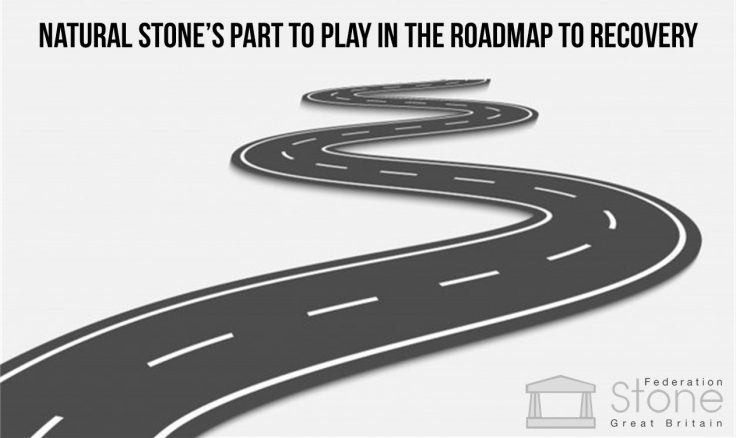
The Construction Leadership Council’s ‘Roadmap to Recovery’ is a strategy to drive the recovery of the construction and built environment sectors and through them the wider UK economy, following the Covid19 pandemic and economic downturn.
The roadmap has three phases which have embedded within them the CLC’s key objectives which includes driving a 33% reduction in lifetime costs and a 50% reduction in delivery times through improving productivity, to deliver better outcomes over the lifecycle of built assets for clients, and increase the profitability and sustainability of firms in the industry.
One of the key factors in achieving this reduction will be the choice of materials used.
There is an ever-increasing number of studies and project examples where the use of natural stone has reduced the embodied carbon of the structure by up to 90% when compared with a traditional steel or concrete frame.
The whole-life carbon value of a project includes both embodied carbon and operational (in-use) carbon. It includes material extraction or creation and transport as well as lifetime emissions from maintenance, repair, replacement, and disposal of the materials.
There are two main reasons why natural stone performs so well; minimal carbon required for extraction/creation of the material and its durability.
Extraction
To extract natural stone, minimal input is required. The stone is removed from the quarry face, moved to a processing works where it is cut to the required size, and then transported to site. When you compare this with the 1000˚c temperature required to combine the elements needed to create concrete and the 1 tonne (approx.) of CO2 for every tonne produced, you can see why stone truly is the most environmentally conscious choice. One study found that if concrete were a country, it would be the third-largest carbon emitter in the world.
Durability
The durability of natural stone is another key factor in its ability to help deliver the Construction Leadership Council’s aim to reduce lifetime costs. You only need to look at buildings like St Paul’s Cathedral, Edinburgh Castle or Stonehenge to see proof of stone’s durability. Even in modern construction, approaches such as retaining facades are only possible because the stone exterior often outlasts the less durable materials and structures used inside the building. Because of the immense geological forces it is formed under, put simply, natural stone lasts. This ability to last means that it also delivers sustainability in its potential to be reused. More and more local authorities are engaging with the carbon savings gained by specifying reclaimed stone paving for town and city centres.
In short, specifying natural stone is one of the ways in which contractors, clients, and architects can build in line with the Construction Leadership Council’s ‘Roadmap to Recovery’ and be part of the United Kingdom’s effort to deliver a more sustainable built environment.

